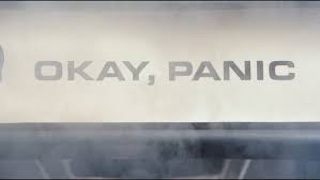Plan sponsors and recordkeepers let out a collective sigh of relief when the Roth catch-up contribution requirement under SECURE 2.0 was delayed until 2026. And for good reason—this rule, though well-intentioned, brings with it a level of administrative complexity that even seasoned ERISA professionals wince at.
Let’s start with the basics. The requirement applies only to employees earning more than $145,000 (indexed) in FICA wages, not partners or self-employed individuals. That $145,000 threshold? It’s not a number retirement plans are used to tracking. Many plans don’t even offer Roth at all, and suddenly they’re being asked to flip a switch they don’t have installed.
The IRS tried to help with proposed regulations, but in classic IRS fashion, the guidance added as many questions as it answered. This isn’t plug-and-play. It’s overhaul-and-pray.
So, what should plan sponsors be thinking about now, not in 2026?
· Do you need to add a Roth feature? If your plan doesn’t offer Roth, affected employees can’t make any catch-up contributions. That’s not a good look. But simply requiring Roth for everyone isn’t allowed, either. So, you’ll have to track who’s subject to the rule anyway.
· Will you use deemed Roth elections? Plans can default high earners into Roth catch-up without needing a separate election—but participants must be able to opt out. If you go this route, you can fix some mistakes with in-plan conversions instead of refunds.
· Tracking Wages and Employer Type Matters. Only FICA wages from the employee’s common law employer that participates in the plan count. So, if you’re in a controlled group or a multiple employer plan, the math gets tricky.
· Payroll Coordination is Key. Your payroll provider and recordkeeper will need to communicate like never before. The feeds must be aligned, and there’s zero room for error here.
· Watch for Traps. New hires aren’t subject to the rule their first year. There’s no proration for partial-year employees. And plan sponsors need systems that flag when associates become partners since the rule doesn’t apply to self-employed individuals.
· Correction Procedures Matter. You’ve got options, like converting mistaken pre-tax contributions to Roth before W-2s are issued or using in-plan rollovers. EACAs (early withdrawal features) also help by offering a wider correction window.
In short, 2026 may feel far away, but the work starts now. SECURE 2.0’s Roth catch-up requirement isn’t going anywhere, and like most things in the 401(k) world, if you wait too long to prepare, you’ll pay for it later.







